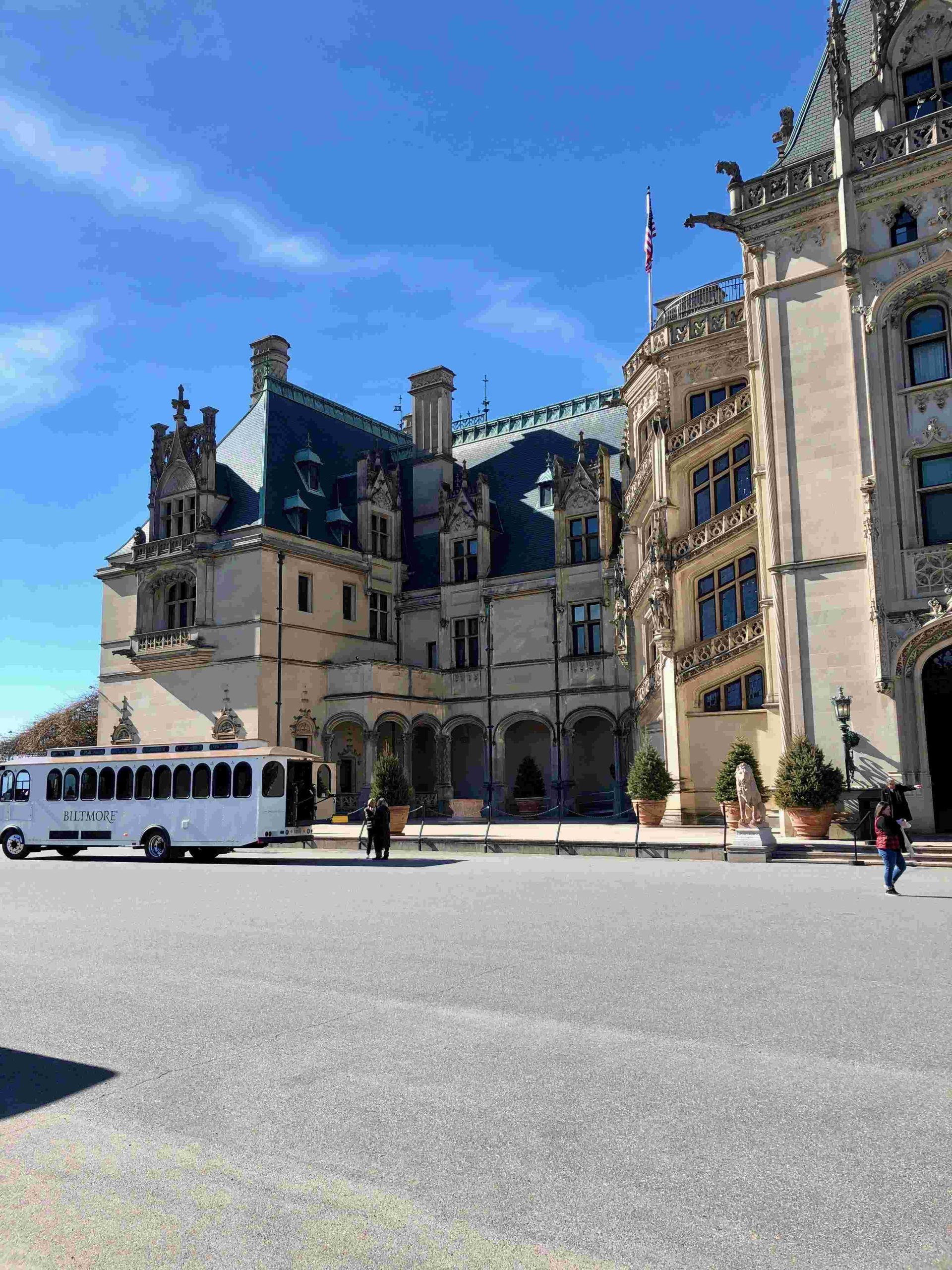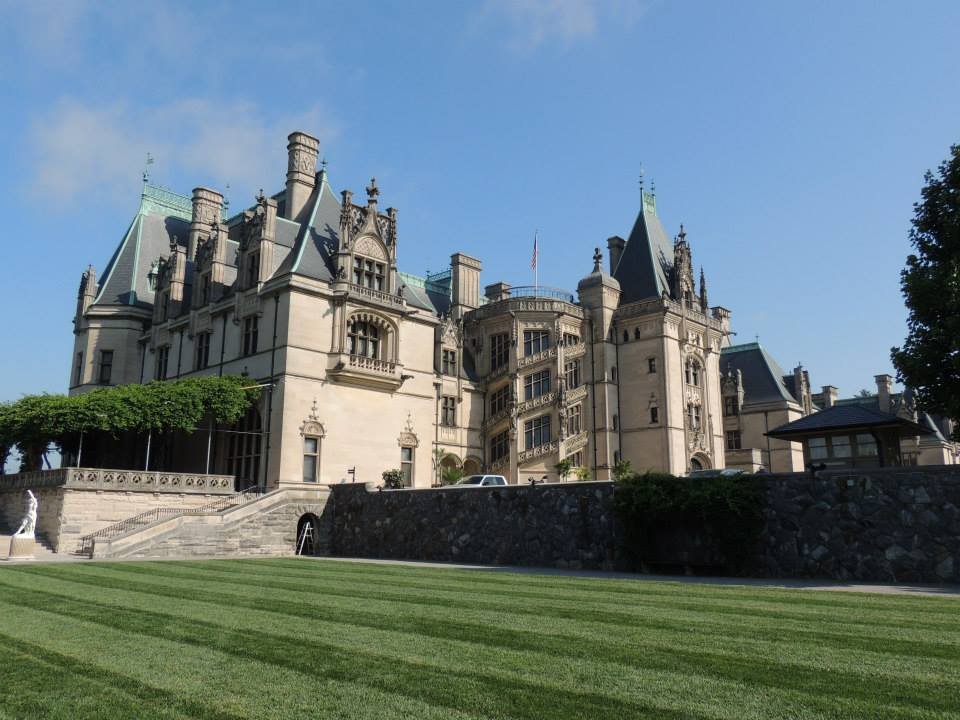The Biltmore Estate swimming pool is a remarkable feat of engineering and luxury from the late 19th century. Located in the basement of America’s largest private residence, this 70,000-gallon indoor pool features innovative underwater lighting, a stunning tile dome ceiling, and represents the pinnacle of Gilded Age opulence. Built as part of George Vanderbilt’s grand vision, the pool showcases the technological advancements and extravagant lifestyle of its time.
What Are the Key Features of the Biltmore Estate Swimming Pool?

The Biltmore Estate swimming pool boasts several unique features that set it apart from other pools of its era:
- Capacity: The pool holds an impressive 70,000 gallons of water.
- Architectural Design: It features a dome tile ceiling designed by renowned Spanish architect Rafael Guastavino.
- Lighting: Innovative underwater lights powered by low-voltage direct current illuminate the pool.
- Location: The pool is situated in the basement of the Biltmore House, alongside other recreational facilities.
Table: Biltmore Estate Swimming Pool Specifications
| Feature | Description |
|---|---|
| Capacity | 70,000 gallons |
| Ceiling Design | Guastavino dome tile |
| Lighting | Underwater, low-voltage DC |
| Construction Date | Completed by 1895 |
| Location | Basement of Biltmore House |
How Does the Pool’s Design Reflect Gilded Age Innovation?

The Biltmore Estate swimming pool stands as a testament to the technological advancements of the late 19th century:
- Electrical Innovation: The pool featured electric underwater lighting at a time when many homes still relied on candles and gas lamps.
- Architectural Ingenuity: Guastavino’s self-supporting ceramic tile vault and arch system for the ceiling was a patented design that showcased cutting-edge construction techniques.
- Luxury Amenities: The inclusion of a pool, along with a bowling alley and gymnasium, represented the height of luxury for private residences of the era.
What Challenges Did the Pool’s Design Present?
Despite its innovative features, the Biltmore Estate swimming pool faced some limitations:
- Lack of Natural Light: The basement location necessitated the use of artificial lighting, as there were no windows for natural illumination.
- Sanitation Concerns: The original pool lacked proper cleaning and circulation systems, which limited its usability.
- Maintenance Complexity: The advanced features for its time likely required specialized maintenance and care.
How Has the Pool Been Preserved Over Time?
The preservation of the Biltmore Estate swimming pool has been a priority for the estate’s caretakers:
- Original State: Much of the pool’s original structure and features have been maintained.
- Limited Modernization: Unlike modern pools, the Biltmore pool has not been updated with contemporary sanitation technology, preserving its historical integrity.
- Ongoing Conservation: As part of the Biltmore Estate’s commitment to preservation, the pool area is carefully maintained to protect its historical significance.
What Role Did the Swimming Pool Play in Biltmore Estate Life?
The swimming pool was more than just a luxury amenity; it played a significant role in the social and recreational life of the Biltmore Estate:
- Entertainment Hub: Along with the bowling alley and gymnasium, the pool provided entertainment options for the Vanderbilt family and their guests during inclement weather.
- Status Symbol: The pool’s advanced features showcased the Vanderbilts’ wealth and access to cutting-edge technology.
- Health and Wellness: In an era that was beginning to emphasize physical fitness, the pool offered a means for exercise and recreation.
How Does the Biltmore Estate Swimming Pool Compare to Modern Pools?
While the Biltmore Estate swimming pool was state-of-the-art for its time, it differs significantly from modern pools:
- Size: At 70,000 gallons, it’s larger than many residential pools but smaller than Olympic-sized pools.
- Technology: Modern pools have advanced filtration, heating, and lighting systems that weren’t available in the 1890s.
- Safety Features: Contemporary pools include safety features like anti-entrapment drains and non-slip surfaces that weren’t standard in the Gilded Age.
- Accessibility: Unlike modern public pools, the Biltmore pool was a private amenity for a select few.
What Can Visitors Expect When Viewing the Biltmore Estate Swimming Pool?
Visitors to the Biltmore Estate can experience the swimming pool as part of their tour:
- Visual Spectacle: The pool’s impressive size and the Guastavino ceiling create a stunning visual impact.
- Historical Context: Guides often provide information about the pool’s innovative features and its place in Gilded Age luxury.
- Photographic Opportunities: While swimming is not permitted, visitors can capture images of this historical marvel.
- Accessibility Considerations: The basement location may require special accommodations for some visitors.
How Does the Swimming Pool Fit into the Overall Biltmore Estate Experience?
The swimming pool is just one part of the larger Biltmore Estate experience:
- Architectural Journey: It complements the overall architectural grandeur of the Biltmore House.
- Technological Showcase: The pool demonstrates the estate’s embrace of modern conveniences and luxuries.
- Lifestyle Glimpse: It offers insight into the leisure activities of America’s wealthiest families during the Gilded Age.
- Conservation Effort: The pool’s preservation highlights the estate’s commitment to maintaining historical accuracy.
In conclusion, the Biltmore Estate swimming pool remains a fascinating glimpse into the opulence and innovation of the Gilded Age. Its unique features, historical significance, and careful preservation make it a must-see attraction for visitors to this grand American estate.
